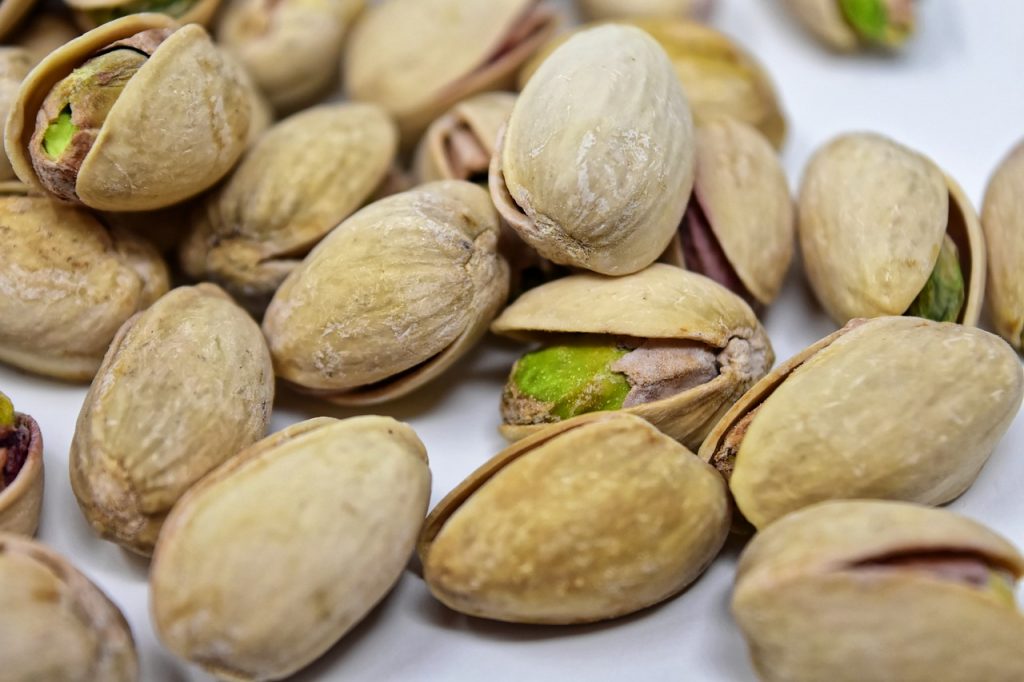Introduce tu búsqueda a continuación y presiona el botón para obtener resultados.
Characterization of the territory for pistachio cultivation.
The countryside in Aragon is currently facing a great challenge: the conversion of crops with irregular and unprofitable productions to other crops that ensure returns that consolidate their continuity and viability. The pistachio tree has become one of the species of greatest interest in the nut sector, due to its better adaptation to weather conditions than other fruit trees, withstanding frosts of -30ºC in winter and above 40ºC in summer.

The countryside in Aragon is currently facing a great challenge: the conversion of crops with irregular and unprofitable productions to other crops that ensure returns that consolidate their continuity and viability. Large areas of rainfed land are occupied by cereal crops or woody crops such as almond trees, often with poorly adapted varieties, whose production is dangerously dependent on the good weather and their profitability on the vagaries of the market. This has been the cause of land abandonment or leasing and, finally, the decrease in the rural population. The obvious solution is to replace these crops with others with more regular production and more stable profitability.
The pistachio tree has become one of the species of greatest interest in the nut sector, due to its better adaptation to weather conditions than other fruit trees, withstanding frosts of -30ºC in winter and above 40ºC in summer. Spain’s trade balance is always negative, recording the value of exports of 632 thousand €, compared to 1,314 thousand € of imports, resulting in a negative balance of 782 thousand € in 2019. But pistachio cultivation has no tradition in the Aragonese countryside. It has its own characteristics that make it different from other nuts or olive trees, so it requires training and advice for a successful plantation.
The general objective of the project is the elaboration of a map of pistachio crop suitability in Aragon.
This objective will be achieved by studying the behavior of cultivated and newly introduced varieties in relation to different environmental conditions in different growing areas of Aragon. The data obtained during the development of the project, by means of sensors installed in the different plots, will allow finding the suitability of areas in Aragon for pistachio cultivation, as well as the suitability of varieties for these cultivation areas.
The data obtained by means of sensors installed in the different plots will allow finding the suitability of areas in Aragon for pistachio cultivation, as well as the suitability of varieties for these cultivation areas. The results are expected to help increase production, and thus the sustainability and viability of pistachio farms.
All this information will be stored in a cloud platform and will be analyzed using specific software applications for data processing and the management of large amounts of information, for which innovative tools such as big data and artificial intelligence will be applied. The data will be extrapolated to the entire Aragonese territory and will culminate with the elaboration of an interactive map that will allow farmers to know which are the plots where pistachio offers greater and better possibilities. This innovative tool will be available to pistachio producers who want to increase the surface area and increase their profitability, but also to those who want to enter the pistachio world.
